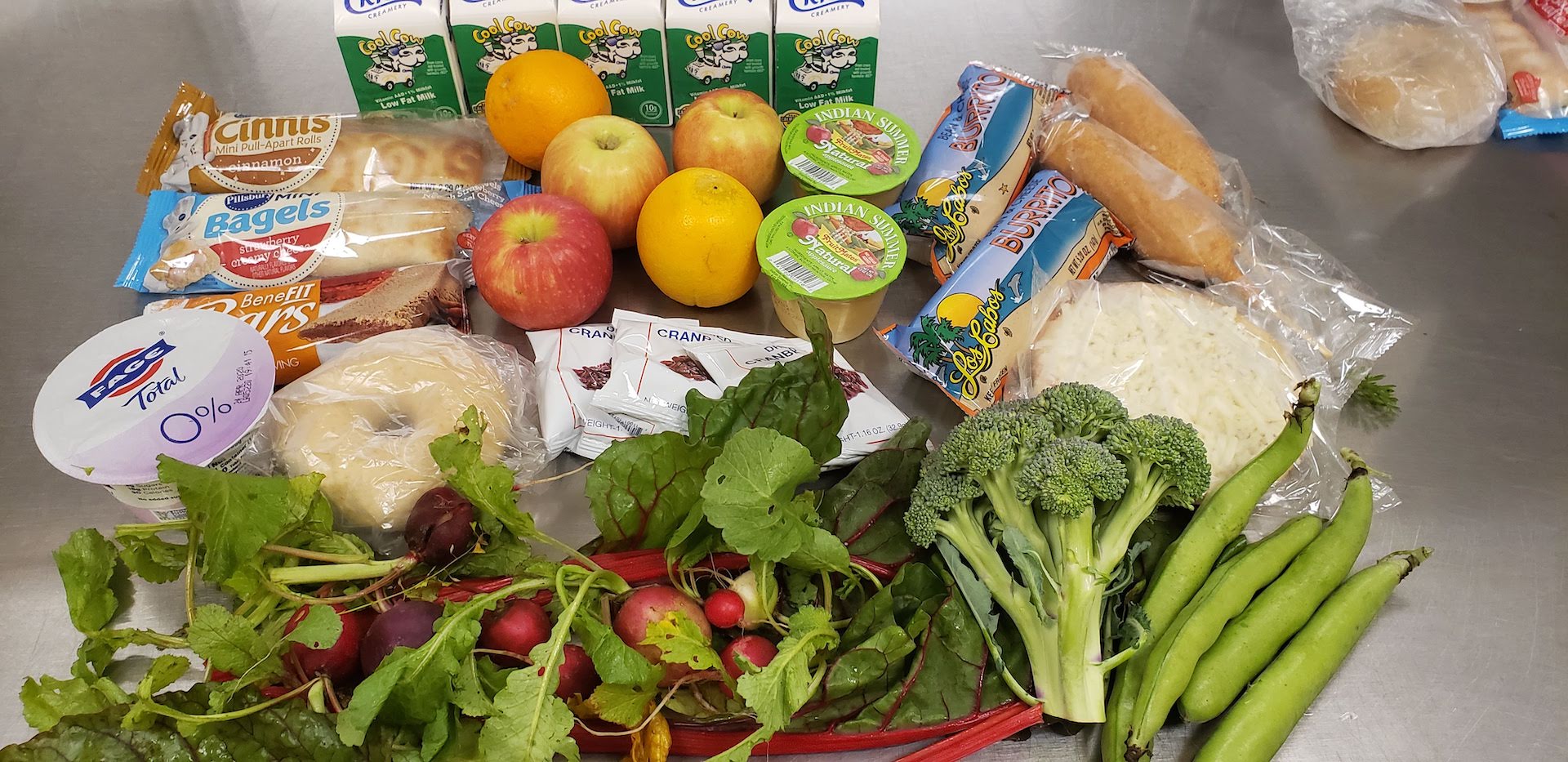There’s been a tremendous shift in the challenge of feeding students for public school districts across the nation in the face of the pandemic. As schools started to reopen around the Bay Area in September, nutrition service departments are incorporating lessons from a spring and summer of distanced food distribution for the new school year.
“Our service has continued since March, and there was no interruption in service through the summer,” says Jennifer LeBarre, director of nutrition services at San Francisco Unified School District. “A lot of the same things that we were doing in March are what we're doing now. What we have changed, though, is we are providing meals—breakfast, lunch and supper—on Wednesdays, and families are able to pick up the entire week's worth of meals on those days.”
At the beginning of the school year, LaBarre thought the schools might have to charge families for these meals after a summer of federally funded seamless meal service but at the end of August, the U.S. Department of Agriculture extended its pandemic free meal program through the end of 2020. “That was a really great change that happened in August,” she says of the meals whose funding is allocated through a reimbursement program.
The biggest lesson from spring and summer’s food distribution at campuses across the city was the shift in what families needed. Before the pandemic, LaBarre says that they would buy individually prepackaged meals as part of the service model. “But now we're buying bulk fruit and vegetables,” she says. Increasing the shelf life of fruits, vegetables and other food is a central focus for LaBarre and her colleagues, and bulk-buying things like a pound of carrots has aided with that. Over three million meals deep into their adaptive model, LaBarre and her counterparts across school districts in the Bay Area have been sharing their experiences so others don’t make the same mistakes twice.
Schools have become central to food distribution and testing across Bay Area counties. A study published in September’s issue of the Journal of Urban Health found that schools are model sites for food distribution amidst pandemic and other emergencies. Though cities are not without their own gaps in equitable city planning, the distribution of schools around the city and its cafeteria staff and expertise came in handy when SFUSD partnered with the SF Marin Food Bank as pick-up sites.

In Santa Clara, the city similarly partnered with Santa Clara Unified School District to distribute weekend meals at the onset of the pandemic as the schools were only allowed to distribute weekday meals. The school district’s director of nutrition services Karen Luna also explains that she considers her district lucky for the farm that they’re able to harvest and distribute food from. “We have an 11 acre farm that we grow produce on,” says Luna.“We've been operating that farm for almost three years,” she says. The harvests from the farm which is next to Peterson Middle School, typically went to the salad bar and other meals on campus. “Once COVID hit, we started just bagging it up and giving it out to the family. So we've been giving out fresh produce from our farm the whole time.” Luna’s district also has a culinary manager and chefs that oversee school distributed home-cooked meals. “We're trying to send home at least one homemade scratch cooked item each week with our meal kits,” Luna said.
